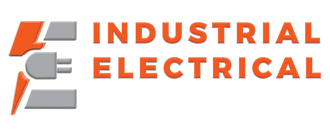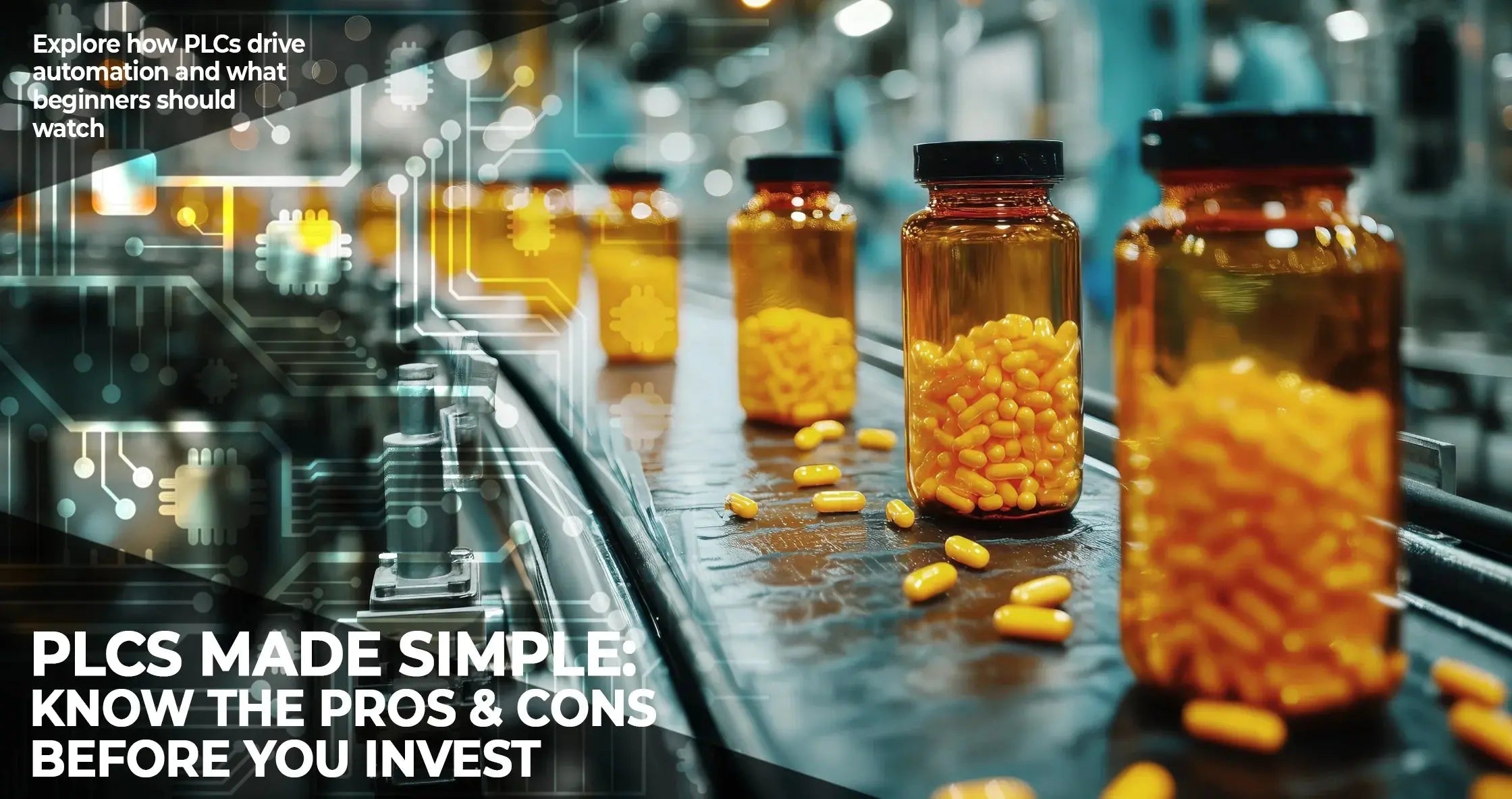Understanding the PLC advantages and disadvantages is essential for beginners exploring industrial automation. Programmable Logic Controllers (PLCs) are key tools that help streamline operations, boost efficiency, and reduce human error—but they also have limitations worth considering.
What Is a PLC?
A Programmable Logic Controller (PLC) is an industrial-grade digital computer designed to monitor inputs, execute control logic, and manage outputs. These systems are crucial in automating processes in manufacturing, utilities, and infrastructure. When exploring plc advantages and disadvantages, it's important to understand how PLCs function in real-time to control machinery with precision.
Core Features and Functions of PLCs
PLCs continuously scan input data, run programmed logic, and update outputs to manage devices such as motors, valves, and alarms. Their real-time processing ensures consistent, dependable performance in high-stakes environments.
Types of PLCs
-
Compact PLCs: Ideal for small-scale applications.
-
Modular PLCs: Offer scalability through stackable I/O modules.
-
Unitary PLCs: Simple and self-contained for basic automation.
Knowing the different types helps in understanding the plc advantages and disadvantages across various setups.
PLC Advantages and Disadvantages: What You Need to Know
Top Advantages of PLCs
-
Reliability in Harsh Environments
-
Built with durable solid-state components, PLCs withstand vibrations, heat, and moisture, ensuring long-term reliability.
-
-
Flexibility and Scalability
-
Modular PLCs allow for easy upgrades and configuration changes, making them ideal for expanding operations.
-
-
Ease of Programming and Maintenance
-
Ladder logic and intuitive software make programming PLCs straightforward, even for beginners.
-
-
Reduced Downtime
-
Fault diagnostics and real-time monitoring help minimize system failures.
-
These features represent key plc advantages and disadvantages that help businesses streamline operations effectively.
Common Disadvantages of PLCs
-
Limited Processing Power
-
PLCs may struggle with highly complex tasks or large datasets compared to Distributed Control Systems (DCS).
-
-
High Initial Investment
-
Costs for training, hardware, and software licenses can be significant upfront. High-end PLCs can exceed $10,000.
-
-
Learning Curve
-
While programming is simple, understanding control theory and application-specific requirements takes time.
-
These considerations are essential when assessing plc advantages and disadvantages for your specific industry.
Real-World Applications of PLCs
PLCs are used across multiple industries due to their adaptability:
-
Manufacturing: Control conveyor systems, robotic arms, and production lines.
-
Energy: Manage parameters in power plants for safety and efficiency.
-
Food & Beverage: Ensure consistency in packaging, mixing, and processing.
-
Automotive: Oversee assembly lines and quality control.
These use cases highlight how plc advantages and disadvantages manifest in practice.
Conclusion: Is a PLC Right for You?
Understanding the plc advantages and disadvantages helps businesses make informed decisions when investing in automation. While PLCs are reliable, scalable, and relatively easy to use, they do require a solid upfront investment and may not be suitable for every complex application.
Whether you're starting small or scaling up, choosing the right PLC type can significantly improve productivity and reduce operational errors.
Frequently Asked Questions (FAQ)
Q: What is a PLC used for?
A: PLCs automate industrial machinery and processes, enhancing accuracy and reducing human error.
Q: What should I consider when choosing a PLC?
A: Focus on I/O needs, processing power, environmental conditions, and scalability.
Q: Where can I buy quality PLCs?
A: Visit Industrial Electrical Warehouse for a wide selection of reliable and industry-tested PLC solutions.


